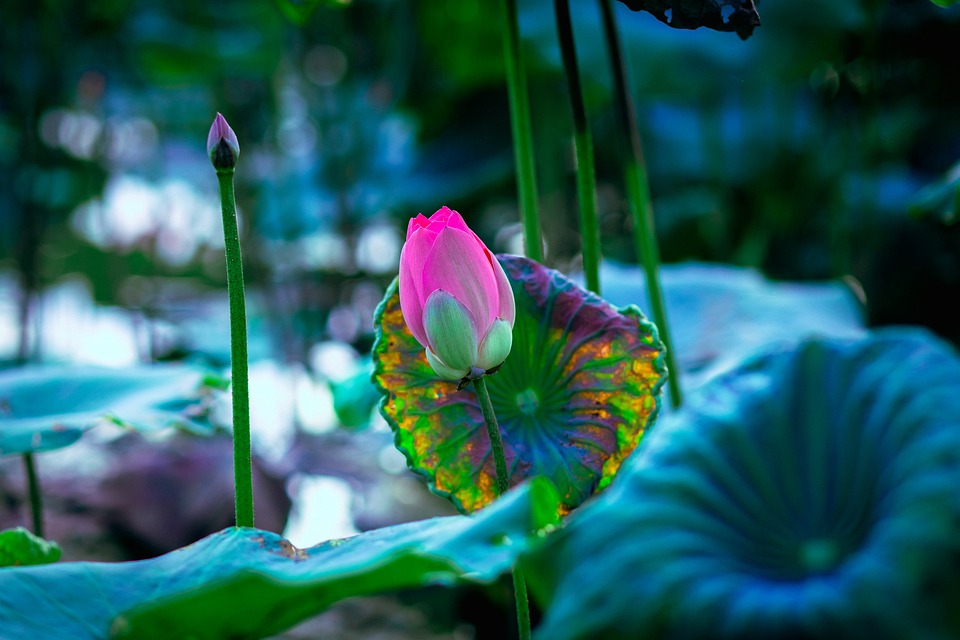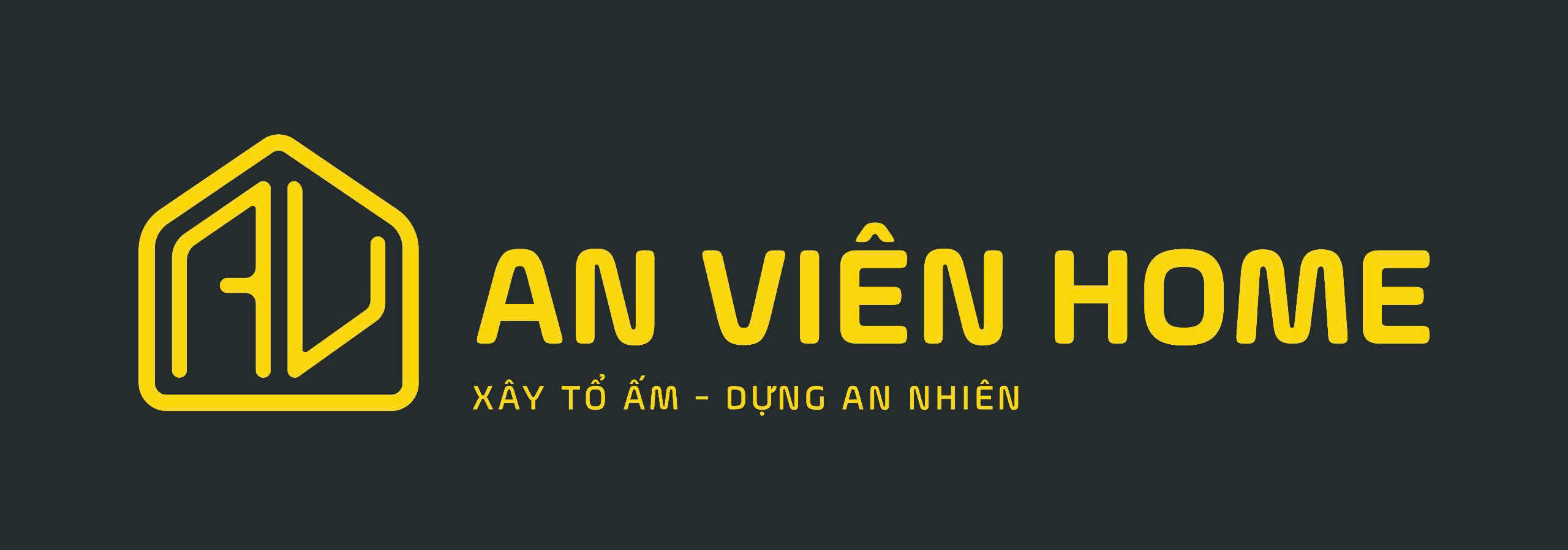
(The Benefits of Thoughtful Townhouse Design: Saving Space and Costs)
As urban living becomes increasingly popular, townhouse design has emerged as a smart solution for modern housing challenges. Thoughtfully designed townhouses not only enhance lifestyle quality but also save space and costs. Here’s a deeper look into the advantages of such designs.
1. Efficient Space Utilization
Maximizing Limited Areas
Townhouses typically occupy smaller footprints than detached homes, making efficient space utilization essential. Thoughtful designs incorporate multifunctional spaces that serve multiple purposes. For instance, a living room with built-in storage or a fold-out dining table helps make the most of limited square footage. This approach not only enhances functionality but also creates a less cluttered, more organized home environment.
Open Floor Plans
Open floor plans are often a hallmark of modern townhouse designs. By removing unnecessary walls, these layouts promote airflow and visual continuity, making spaces feel larger and more inviting. This design choice is particularly beneficial in townhouses, where maximizing perceived space is critical.
2. Cost Savings
Reduced Construction Costs
Building a townhouse is often more cost-effective than constructing a single-family home. Shared walls with adjacent units reduce material costs, as less exterior insulation and framing are required. Furthermore, townhouse developments often benefit from economies of scale, leading to lower overall construction costs.
Lower Utility Bills
Thoughtful townhouse designs prioritize energy efficiency, utilizing modern insulation techniques, energy-efficient windows, and high-performance HVAC systems. These features not only enhance comfort but also lead to significant savings on utility bills. For residents, this translates to lower monthly expenses and reduced carbon footprints.
3. Maintenance and Management Savings
Shared Responsibilities
Townhouses often belong to homeowners’ associations (HOAs) that provide maintenance for common areas, gardens, and recreational facilities. This communal approach alleviates the burden of upkeep, allowing residents to enjoy amenities without the direct costs and responsibilities of individual maintenance.
Durable Materials
Many townhouse designs prioritize durable building materials that require less frequent replacement or repair. This long-term planning reduces ongoing maintenance costs and enhances the lifespan of various elements in the home, from roofing to flooring.
4. Community and Connectivity
Enhanced Neighborhood Engagement
Townhouses promote a sense of community. With homes built closely together, residents are more likely to interact with their neighbors, fostering a strong sense of belonging. Common spaces, such as shared courtyards or gardens, create opportunities for community events and gatherings, which enhance social connections.
Accessibility to Amenities
Strategically planned townhouse developments are usually located near essential services such as grocery stores, schools, and public transportation. This proximity not only saves time but can also reduce transportation costs, as residents can walk or bike to many essential amenities.
5. Sustainable Living
Eco-Friendly Features
Modern townhouse designs often incorporate sustainable building practices and eco-friendly materials. Features like green roofs, permeable pavements, and rainwater harvesting systems are increasingly popular. These choices not only benefit the environment but can also lead to long-term savings for homeowners through reduced utility costs and potential tax incentives.
Urban Density
By utilizing vertical space and encouraging higher density living, townhouses contribute to urban infill development, reducing urban sprawl. This approach helps preserve green spaces and farmland on the outskirts of cities, promoting a healthier environment overall.
Conclusion
Thoughtful townhouse design offers numerous benefits that extend far beyond aesthetics. By efficiently utilizing space and resources, townhouses not only save costs but also enhance communal living and sustainable practices. As urban populations continue to grow, the focus on intelligent design in townhouses will play a crucial role in addressing housing challenges, creating not just homes but thriving communities. Embracing these designs is a step toward a more sustainable and economically viable future for urban living.
Bài viết mới
Thiết Kế Nhà Phố Theo Phong Cách Bắc Âu: Đơn Giản Và Tinh Tế
(From Classic to Modern: The Most Popular Townhouse Design Styles)
Sắp Đặt Nội Thất Thông Minh Cho Nhà Phố: Tối Ưu Hóa Không Gian Sống
Lợi Ích Của Việc Thiết Kế Nhà Phố Khéo Léo: Tiết Kiệm Diện Tích và Chi Phí
Những Lưu Ý Quan Trọng Khi Thiết Kế Biệt Thự Để Tối Ưu Không Gian
Danh mục
- Kiến thức (87)






